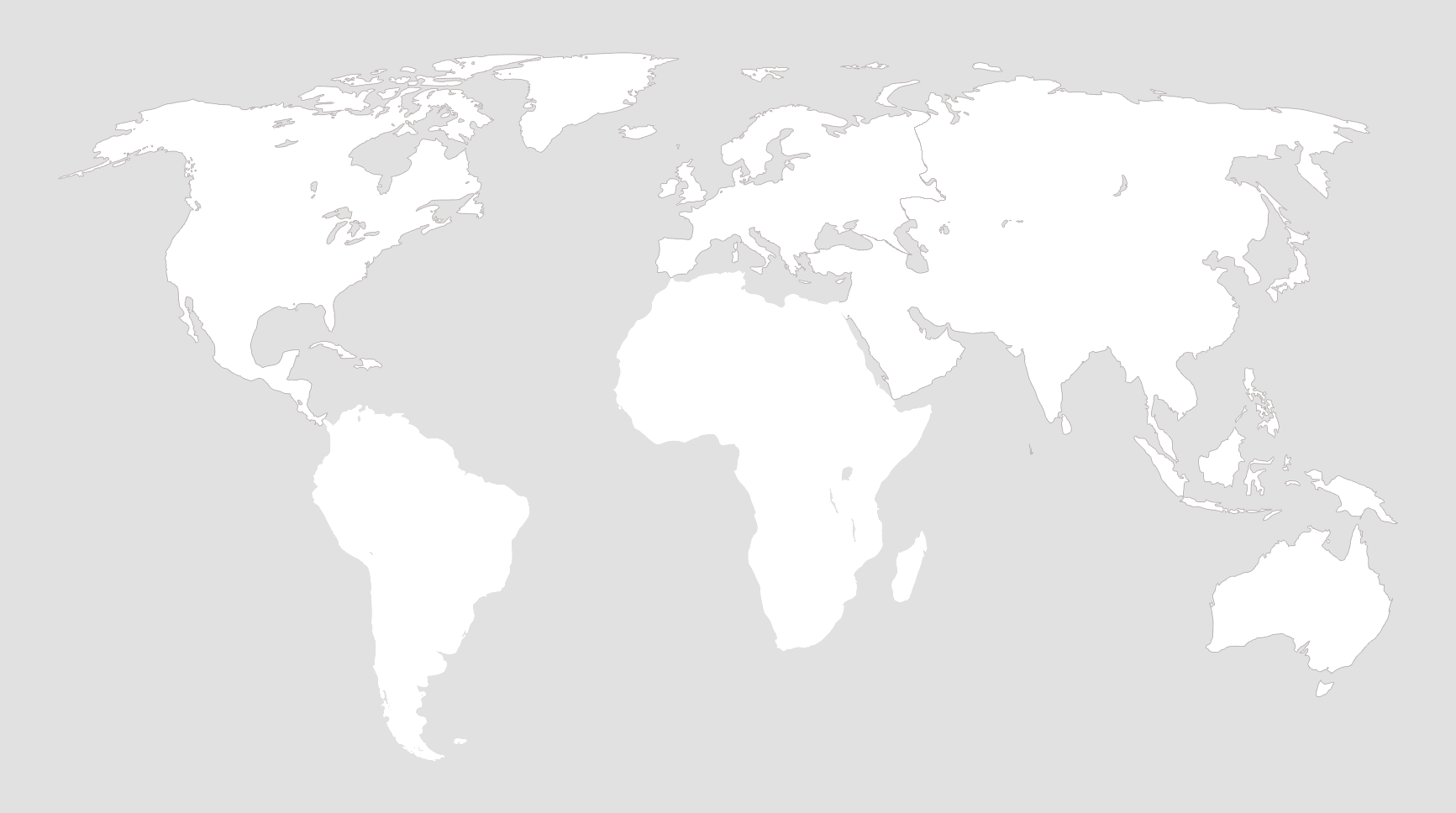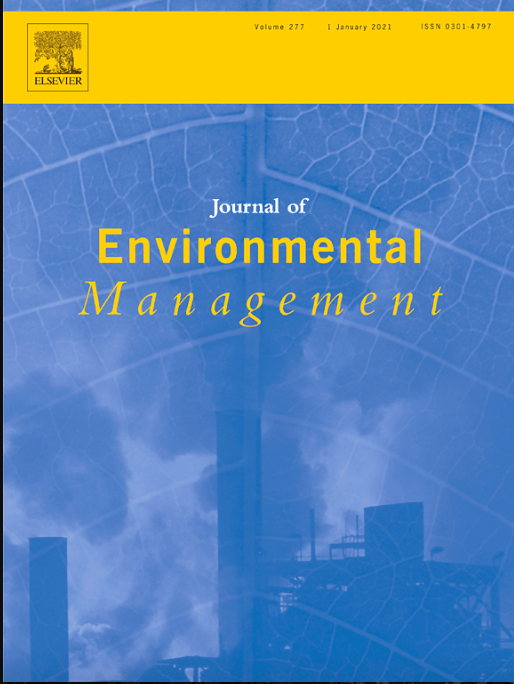Climate-smart maize
CGIAR CONTRIBUTORS CIMMYT, IITA, MAIZE TYPE OF INNOVATION Biophysical science Genetic (varieties and breeds) Production systems and management practices Research and communication methodologies and tools Soci

- Innovation
Climate-smart maize
Maize is the number one food crop and source of sustenance for several hundred million smallholder farmers across sub-Saharan Africa – yet the crop frequently fails when hit by the region’s severe, recurrent droughts.
Since the 1980s, CGIAR scientists at the International Maize and Wheat Improvement Center (CIMMYT) have led intensive breeding efforts to develop drought-tolerant varieties of maize that can ensure food security, bolster climate resilience and grow the livelihoods of resource-constrained farmers.
Their work has produced breakthrough observations and methodologies. For example, climate-smart varieties have been bred through the genetic selection and testing of maize lines that survive and yield grain under stress of drought and nitrogen-depleted soils. Yield increases have been further secured through an observation that plants in which the female flowers, or “silks” emerged quickly after the male flowers produced more grain and survived better in drought conditions.
Under the Drought Tolerant Maize for Africa initiative, and subsequently the Stress Tolerant Maize for Africa initiative, more than 200 improved climate-resilient maize varieties have been developed by CGIAR, and released by public and private sector partners across 13 countries in sub-Saharan Africa. These varieties give at least 25-30% greater yields than conventional varieties in drought-prone environments, especially when water deficit happens at the flowering stage, and reduce downside risk to farming communities.
The work features strong, long-term CGIAR and public-private partnerships via CIMMYT, the International Institute for Tropical Agriculture (IITA), national programs, non-governmental organizations, and more than 100 private companies – mostly small- and medium-scale enterprises in sub-Saharan Africa.
Header photo: Farmers Maliamu Joni, with her baby on her back, and Ruth Andrea harvest cobs of drought-tolerant maize in Idakumbi village, Mbeya, Tanzania. Photo by P. Lowe/CIMMYT.
Links & further reading
 Publication: Impacts of drought-tolerant maize varieties on productivity, risk, and resource use: Evidence from Uganda
Publication: Impacts of drought-tolerant maize varieties on productivity, risk, and resource use: Evidence from Uganda  Publication: Productivity and production risk effects of adopting drought-tolerant maize varieties in Zambia
Publication: Productivity and production risk effects of adopting drought-tolerant maize varieties in Zambia  Publication: Impact of adoption of drought-tolerant maize varieties on total maize production in south Eastern Zimbabwe
Publication: Impact of adoption of drought-tolerant maize varieties on total maize production in south Eastern Zimbabwe 





